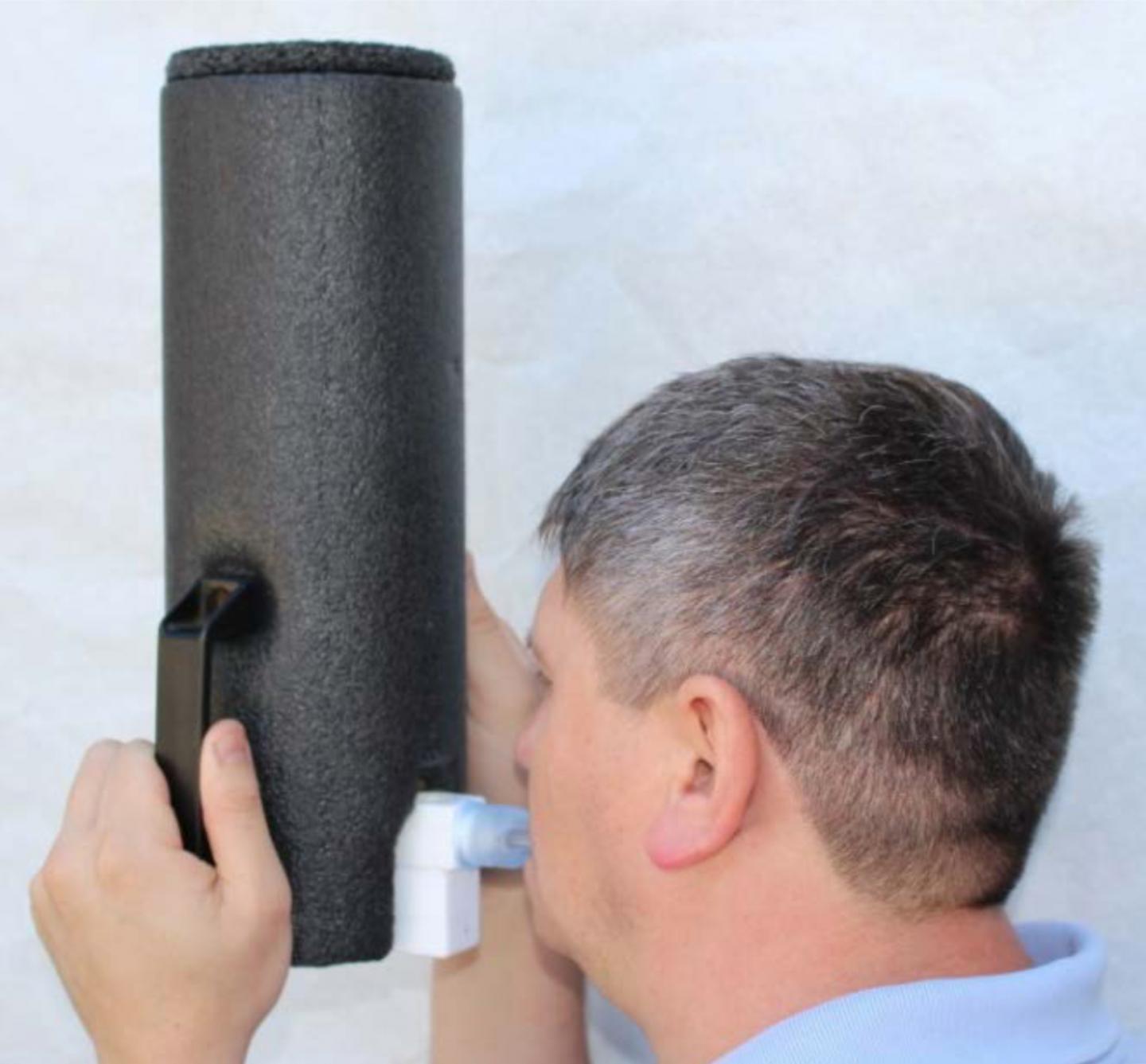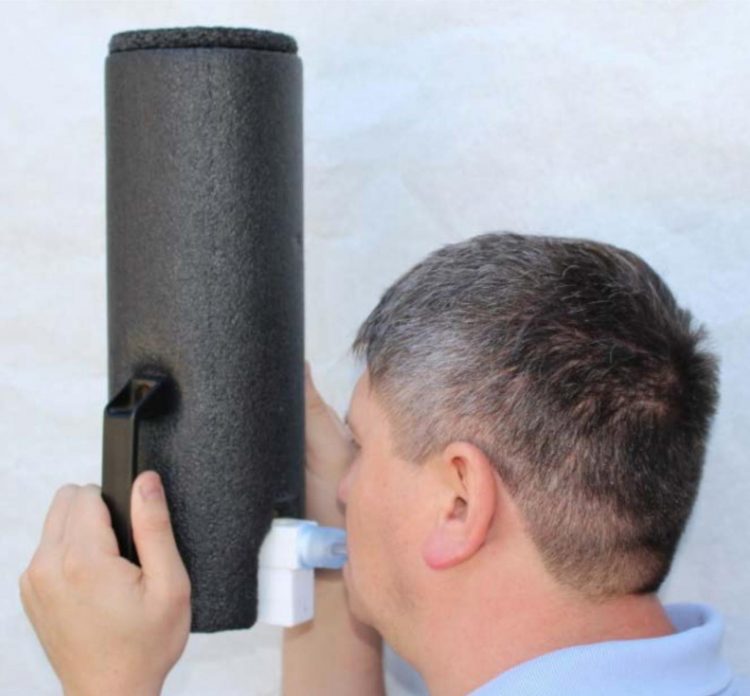
Credit: Cristina Davis, UC Davis
A test to detect opioid drugs in exhaled breath has been developed by engineers and physicians at the University of California, Davis. A breath test could be useful in caring for chronic pain patients as well as for checking for illegal drug use.
“There are a few ways we think this could impact society,” said Professor Cristina Davis, chair of the Department of Mechanical and Aerospace Engineering at UC Davis, who led the research along with Professor Michael Schivo from the UC Davis Medical Center. The work is described in a paper published in the Journal of Breath Research Oct. 3.
Doctors and nurses treating chronic pain may need to monitor patients to make sure they are taking their drugs correctly, that their prescribed drugs are being metabolized properly and that they are not taking additional medications. Blood tests are the gold standard: a reliable, noninvasive test would be a useful alternative.
Collecting droplets from breath
For the test developed by postdoctoral researcher Eva Borras, Davis and colleagues, subjects breathe normally into a specialized collection device. Droplets in breath condense and are stored in a freezer until testing. Davis’ lab uses mass spectrometry to identify compounds in the samples.
The researchers tested the technique in a small group of patients receiving infusions of pain medications including morphine and hydromorphone, or oral doses of oxycodone, at the UC Davis Medical Center. They were therefore able to compare opioid metabolites in breath with both blood samples and the doses given to patients.
“We can see both the original drug and metabolites in exhaled breath,” Davis said.
Fully validating the breath test will require more data from larger groups of patients, she said. Davis’ laboratory is working toward real-time, bedside testing.
Other authors on the paper include graduate student Andy Cheng, UC Davis forensic science program; Ted Wun, Department of Internal Medicine; Kristen Reese and Matthias Frank, Lawrence Livermore National Laboratory; and Michael Schivo, UC Davis School of Medicine and VA Northern California Health System.
Davis’ laboratory is working on a variety of applications for detecting small amounts of chemicals, especially in air and exhaled breath. Other projects include diagnosing influenza in people and citrus greening disease in fruit trees.
###
The work was supported by grants from the UC Davis Medical Center’s Collaborative for Diagnostic Innovation, the U.S. Department of Energy and the NIH.
Media Contact
Andy Fell
[email protected]
Original Source
https:/
Related Journal Article
http://dx.





